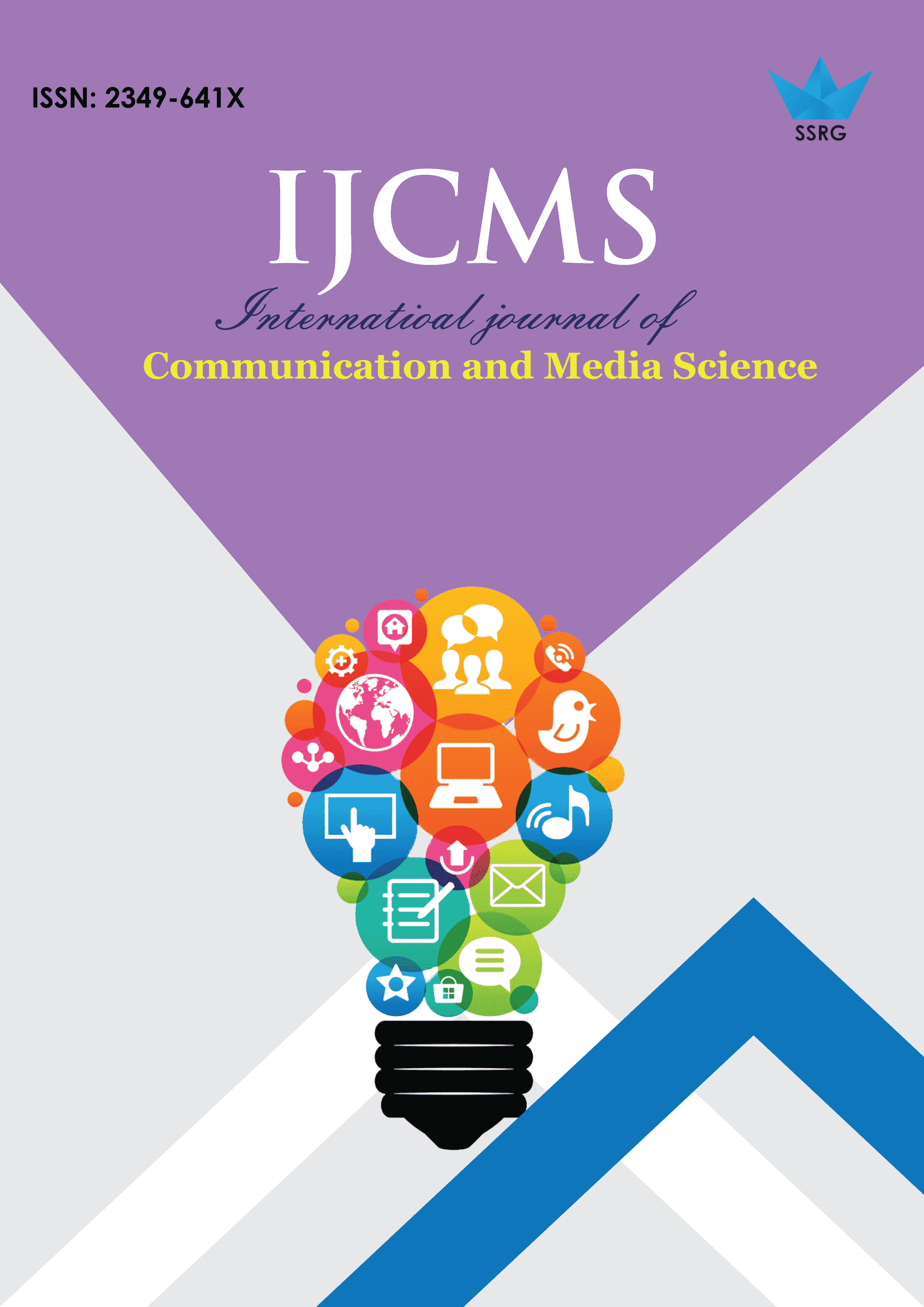Design and Implementation of Intelligent Energy Distribution Management with Mesh Topology

| International Journal of Communication and Media Science |
| © 2015 by SSRG - IJCMS Journal |
| Volume 2 Issue 3 |
| Year of Publication : 2015 |
| Authors : D.Suganya and A.Sujatha Priyadharshini |
How to Cite?
D.Suganya and A.Sujatha Priyadharshini, "Design and Implementation of Intelligent Energy Distribution Management with Mesh Topology," SSRG International Journal of Communication and Media Science, vol. 2, no. 3, pp. 12-17, 2015. Crossref, https://doi.org/10.14445/2349641X/IJCMS-V2I5P102
Abstract:
Traditional meter reading for electricity consumption and billing is done by human operator from houses to houses and building to building. This requires huge number of Lab our operators and long working hour to achieve complete area data reading and billing. Human operator billing or prone to reading error as sometime the houses electric power meter is place in a location where it is not easily accessible. The concept of dynamic assignment of priorities to interrupts is discussed which reduces the time delay for a lower priority task which under some circumstances becomes a higher priority task. Slicing of interrupt timings is also discussed which can be used to improve the performance. The highest priority task is serviced more number of times and with lesser time period. Hence it need not wait for the slack time of other previously higher priority interrupts. If power will be less in grid, automatically power will be manage.Automated metering is expected to facilitate the transport of meter readings from meters to the utility provider and potentially information in the other direction. This paper describes a mesh networking solution based on Routing Protocol for Low power and Lossy networks to realize Automated Metering Infrastructure (AMI) network communication. It consists of self-organizing algorithms to enable energy meters to automatically discover connectivity and recover from the loss of connectivity. The development of automatic metering system is presented in this paper .The power management system consists of Zigbee Digital Power meters installed in every consumer unit and an Electricity e-Billing system at the energy provider side. The Zigbee Digital Power meter (ZPM) is a single phase digital kWh power meter with embedded Zigbee modem which utilize the Wireless sensor network to send its power usage reading using information back to the energy provider wirelessly. At the power provider side an e-billing system is used to manage a received zigbee meter reading, compute the billing cost, update the database, and to publish billing notification to its respective consumer through wireless.
Keywords:
This paper describes a mesh networking solution based on Routing Protocol for Low power and Lossy networks to realize Automated Metering Infrastructure (AMI) network communication.
References:
[1] A. M. Giacomoni, S. M. Amin, and B. F. Wollenberg, ―Recon fig- urable interdependent infrastructure systems: Advances in distributed sensing, modeling, and control, in IEEE Proc. Amer. Control Conf., San Francisco, CA, USA, Jun.–Jul. 2011.
[2] A. Bertani, A. Borghetti, C. Bossi, L. De Biase, O. Lamquet, S. Mas- succo, A. Morini, C. A. Nucci, M. Paolone, E. Quaia, and F. Silve- stro, ―Management of low voltage grids with high penetration of dis- tributed generation: Concepts, implementations and experiments, in Proc. CIGRE, Paris, France, 2006.
[3] B. Kroposki, R. Lasseter, T. Ise, S. Morozumi, S. Papatlianassiou, and N. Hatziargyriou, ―Making microgrids work, IEEE Power Energy Mag., vol. 6, no. 3, pp. 40–53, May–Jun. 2008.
[4] R. H. Lasseter, ―MicroGrids, in Proc. IEEE Power Eng. Soc. Winter Meet., Jan. 2002, vol. 1, pp. 305–308.
[5] B. Buchholz and U. Schluecking, ―Energy management in distribution grids European cases in Proc.IEEEPowerEng.Soc.Gen.Meet.,Jun. 2006.
[6] P. Kremer, ―Photovoltaic hybrid systems enhance reliability of power supply, in Proc. 17th Eur. Photovoltaic Solar Energy Conf., 2001.
[7]E.CaamañoMartín,H,.Laupkamp,M.Jantsch,T.Erge,J.Thornycro ft,H.D.Moor,S.Cobben,D.Suna,andB.Gaiddon,―Interactionbetween photovoltaic distributed generation and electricity networks, Progr. Photovoltaics: Res. Appl., vol. 16, p. 629, 2008.
[8] P. Bertoldi and B. Atanasiu, ―Electricity consumption and efficiency trends in the enlarged European union, Joint Research Centre, Insti- tute for Environment and Sustainability, Ispra, Italy, StatusRep for the European Commission, 2006
[9] J. Bank, B. Mather, J. Keller, and M. Coddington, ―High penetration photovoltaic, Case Study Rep., 2013. [11] C. Clasters, T. Ha Pham, F. de Lamotte, and H. Q. Hung, ―Real-time dynamic multilevel optimization for demand-side load management, in Proc. IEEE IEEM’07, pp. 945–949.
[10]M.Castillo-Cagigal,A.Gutiérrez,F.Monasterio- Huelin,E.Caamaño- Martín,D.Masa-Bote,andJ.Jiménez- Leube,―Asemi-distributed electric demand-side management system with PV generation for self-con- sumption enhancement, Energy Convers. Manage., vol. 52, no. 7, pp. 2659–2666, 2011.
[11] M. Chaabene, M. B. Ammar, and A. Elhajjaji, ―Fuzzy approach for optimal energy management of a domestic photovoltaic panel, Appl. Energy, vol. 84, no. 10, pp. 992–1001, 2007.
[12] P. Palensky and D. Dietrich, ―Demand side management: Demand re- sponse, intelligent energy systems, and smart loads, IEEE Trans. Ind. Informat., vol. 7, no. 3, pp. 381–388, Aug. 2011.
[13]M.Neely,A.Tehrani,andA.Dimakis,―Efficient algorithms for renew- able energy allocation to delay tolerant consumers, in Proc. 1st IEEE Int. Conf. Smart Grid Commun. (SmartGridComm), Washington, DC, USA, Oct. 2010, pp. 549– 554.
[14] A. Papavasiliou and S. Oren, ―Supplying renewable energy to de- ferrable loads: Algorithms and economic analysis, in Proc. IEEE Power Energy Soc. Gen. Meet., Minneapolis, MN, USA,Jul.2010.

 10.14445/2349641X/IJCMS-V2I5P102
10.14445/2349641X/IJCMS-V2I5P102